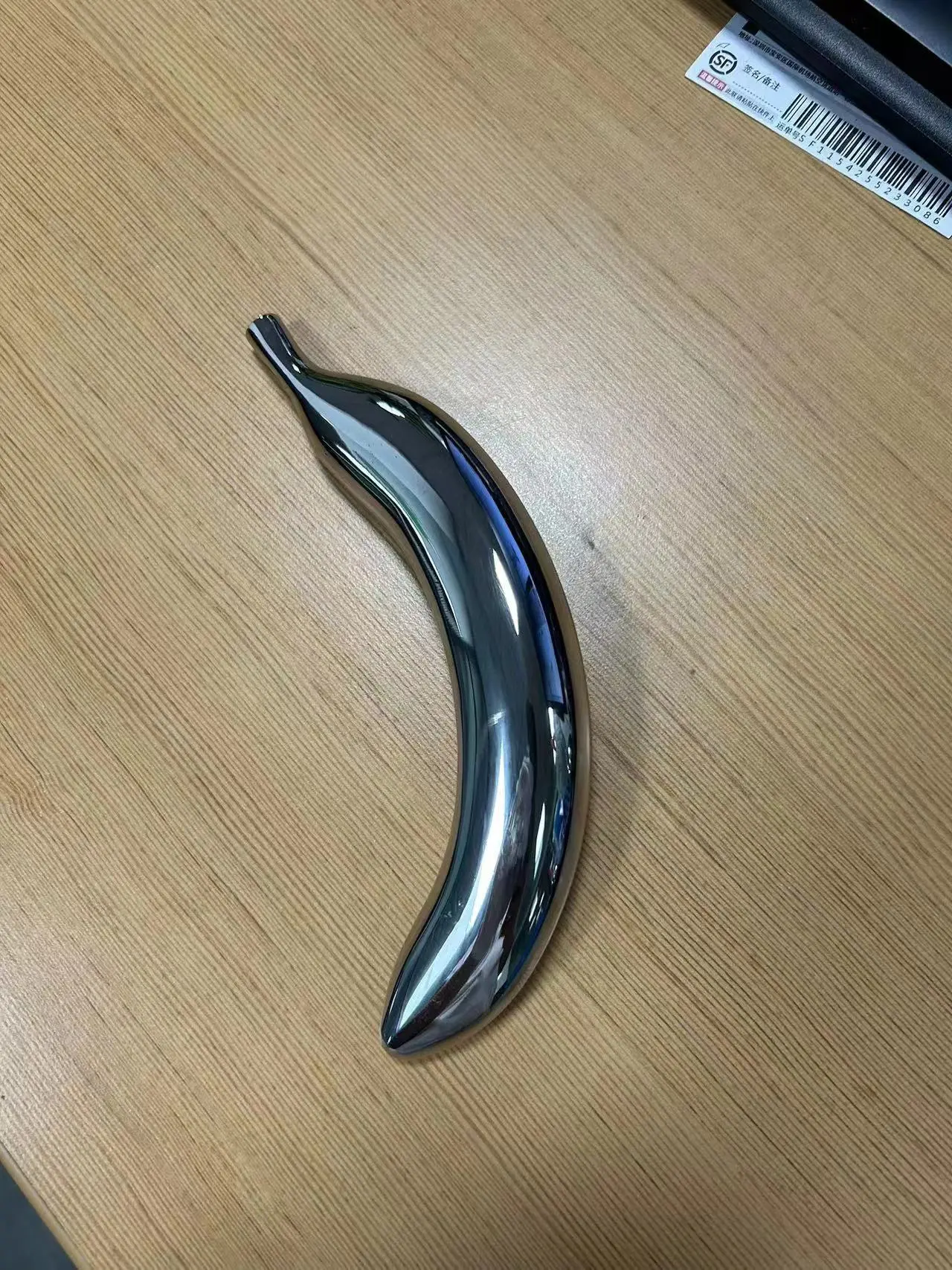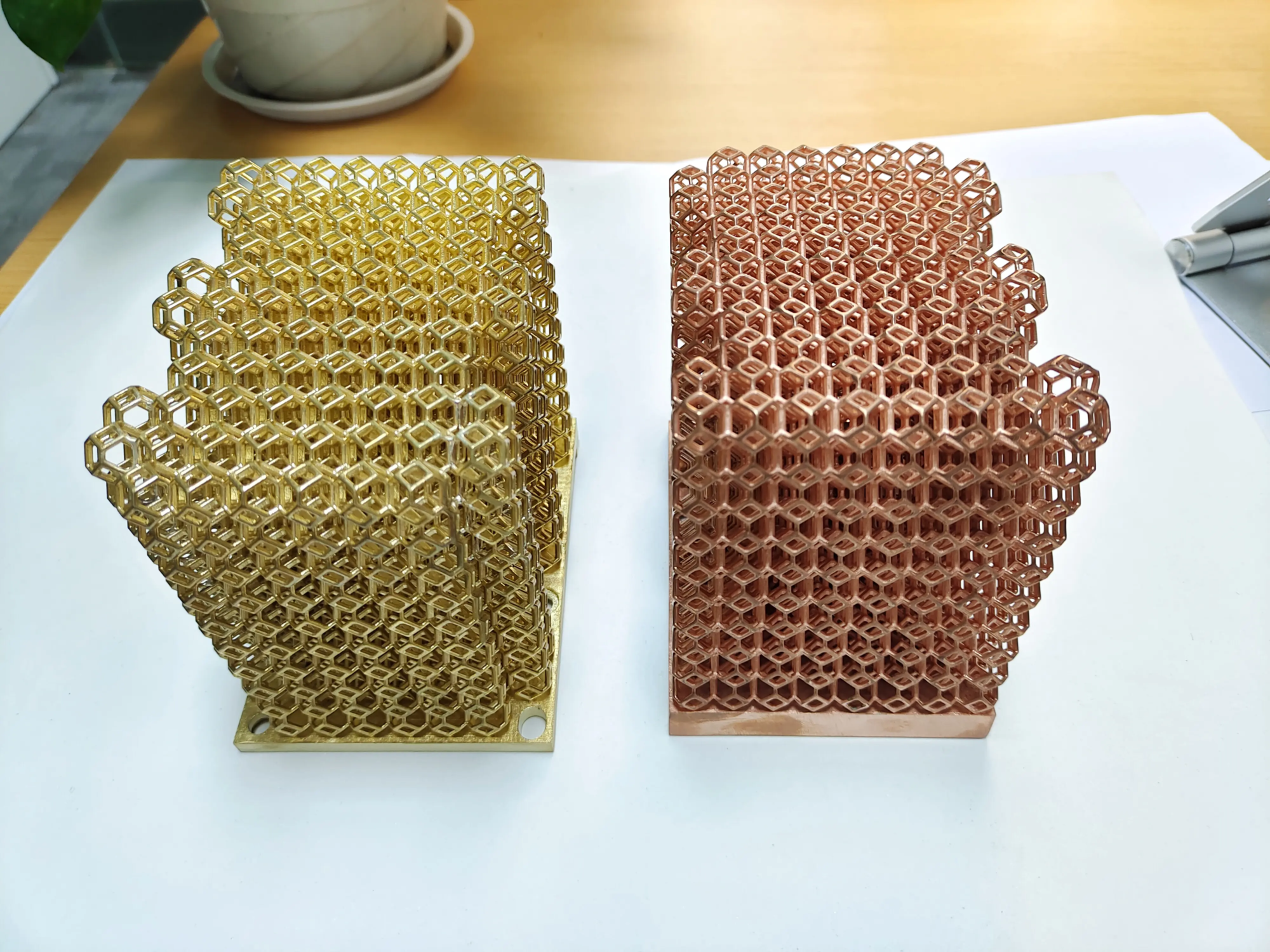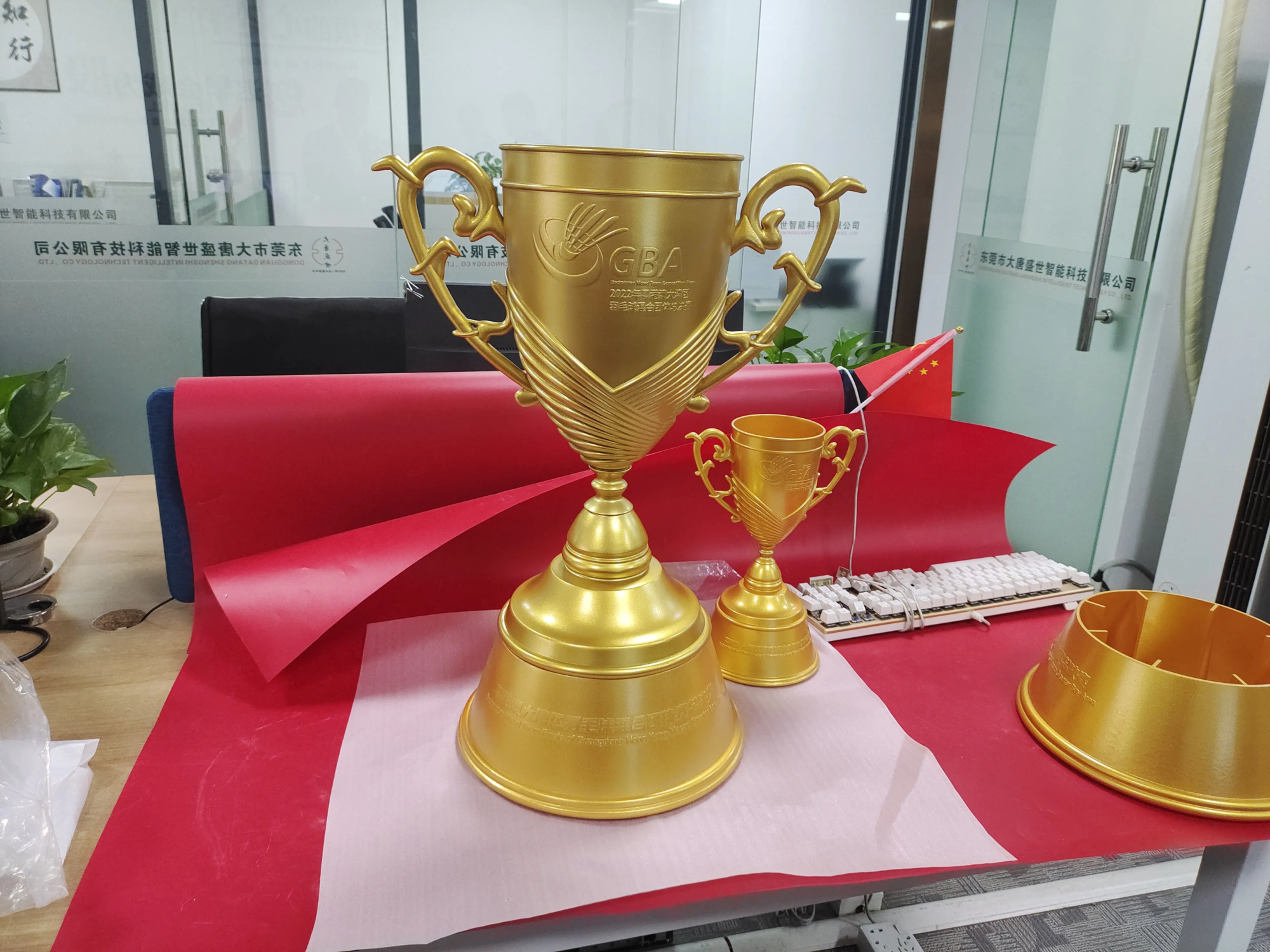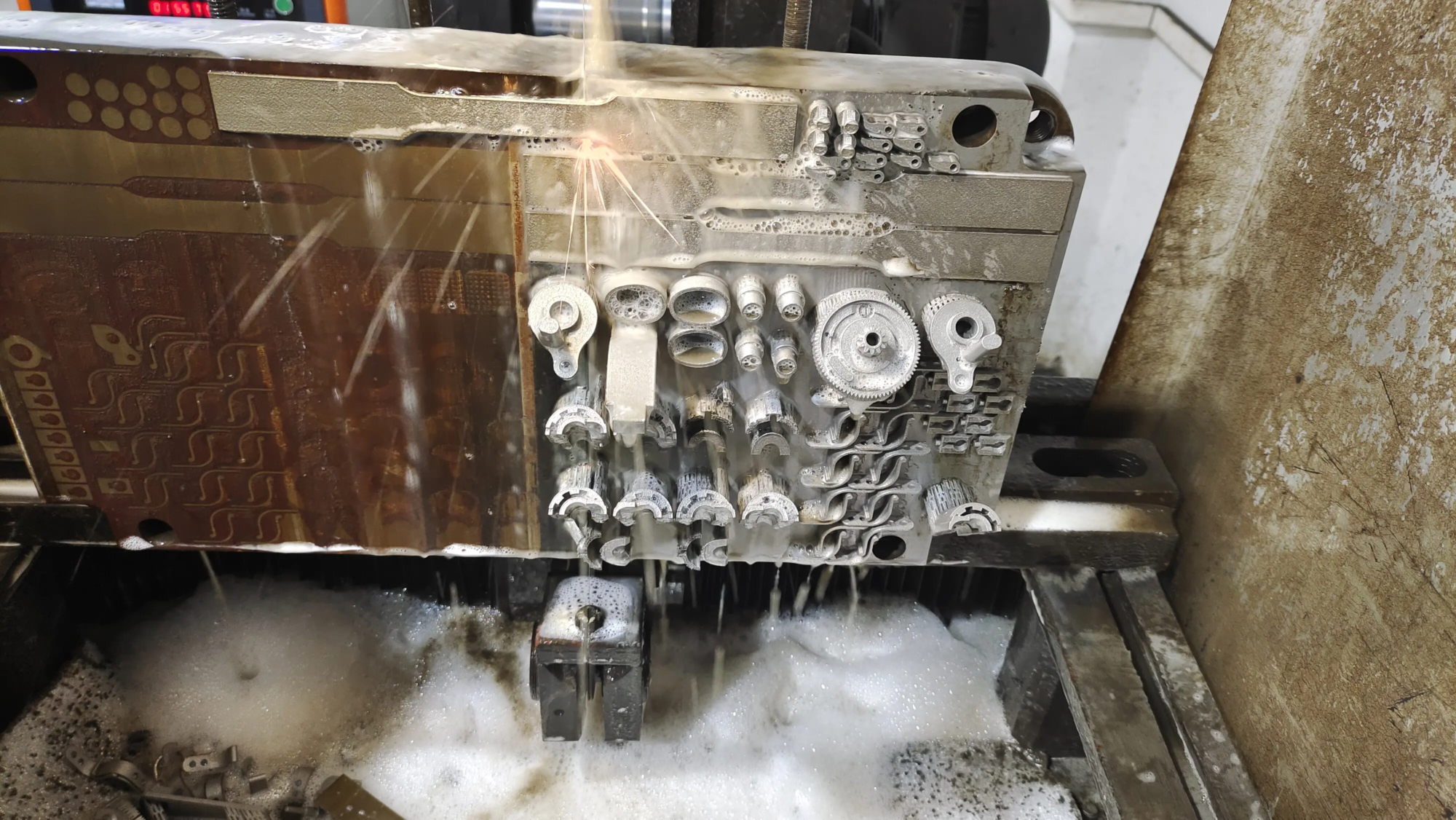Over the years, the manufacturing world has undergone significant transformations, introducing innovative technologies that have revolutionized the way products are designed, produced and delivered. Two prominent technologies recently obtained are 3D printing and molding. Although both have their own set of advantages and disadvantages, they cater to different needs and applications. In this article, we will dig into the world of 3D printing and molding, exploring their differences, benefits and limitations to help you meet your manufacturing needs with wise decisions.
Introduction to 3D printing
3D printing (also known as additive manufacturing) is a process that creates physical objects from digital designs by layering materials such as plastics, metals, and ceramics. This technology has been around for decades, but has been appealing in recent years due to advances in equipment, materials and software. 3D printing provides unprecedented design flexibility to create complex geometric shapes and structures that cannot be produced by traditional manufacturing methods.
Styling introduction
On the other hand, molding is a traditional manufacturing process that involves the use of a mold or mold to mold the material (usually plastic or metal) into the desired form. The material is injected or poured into the mold and once cooled and solidified, it takes the shape of the mold. Molding is a widely used process for mass production of parts and products with high precision and accuracy.
3D printing and molding: Key differences
There are several factors to consider when choosing between 3D printing and molding. Here are some key differences:
- Design flexibility:3D printing has unparalleled design flexibility, allowing for the creation of complex geometry and structures that cannot be produced by traditional molding methods.
- Production:Modeling is usually more suitable for mass production operations, and 3D printing is ideal for low to medium production.
- Material selection: 3D printing offers a variety of material options, including metal, plastic, ceramic and glass, while molding is usually limited to plastic and metal.
- Delivery time:3D printing usually has faster lead times compared to molding, as it eliminates the need for tools and mold.
- cost: For large capacity production operations, molding can be more cost-effective, while 3D printing is often more expensive due to the high cost of equipment and materials.
The benefits and limitations of 3D printing
3D printing provides several benefits, including:
- Rapid prototyping: 3D printing allows for rapid prototyping and testing, reducing product development time and cost.
- Increase design complexity: 3D printing can create complex geometric shapes and structures that cannot be produced by traditional manufacturing methods.
- custom made: 3D printing allows for large-scale customization, allowing for the creation of personalized products.
However, 3D printing also has some limitations, including:
- High equipment cost: 3D printing equipment can be expensive, which is inaccessible for small businesses and individuals.
- Substance restrictions: Although 3D printing provides a variety of material options, it is still limited by the characteristics of the materials used.
- Post-processing: 3D printed parts often require post-processing, such as polishing and painting, to achieve the desired finish.
Benefits and limitations of molding
Molding offers several benefits, including:
- High volume production: Molding is ideal for mass production operation, making it a cost-effective choice for mass production.
- High precision: Molding provides high accuracy and accuracy, making it suitable for applications where tolerance is critical.
- Low labor costs: The mold can be automated, reducing labor costs and improving efficiency.
However, molding also has some limitations, including:
- High tool cost: Creating molds can be expensive, making them a large upfront investment.
- Design limitations: The molding is limited by the mold design, making it less flexible than 3D printing.
- Substance restrictions: Molding is usually limited to plastics and metals, thus limiting the range of materials available.
in conclusion
In short, 3D printing and molding are two manufacturing technologies that cater to different needs and applications. Despite the unrivalled design flexibility and fast prototyping capabilities, molding is ideal for high-quality production with high precision and accuracy. The choice between 3D printing and molding ultimately depends on your specific manufacturing needs, including throughput, design complexity, and material needs. By understanding the benefits and limitations of each technology, you can make informed decisions and choose the best manufacturing method for your business.
Frequently Asked Questions
Q: What is the difference between 3D printing and additive manufacturing?
A: 3D printing and additive manufacturing are often used interchangeably, but additive manufacturing is a broader term that includes a range of technologies, including 3D printing.
Q: Can 3D printing be used for high-quality production?
A: Although 3D printing can be used for mass production, it is usually more expensive and less efficient than molding for large production operations.
Q: What materials can be used for 3D printing?
A: 3D printing offers a variety of material options, including metal, plastic, ceramic and glass.
Q: How long does it take to create a mold?
A: The time required to create a mold mold may vary depending on the design and the complexity of the materials used, but may take weeks or even months.
Q: Can 3D printing be used for prototyping?
A: Yes, 3D printing is ideal for rapid prototyping and testing, reducing product development time and cost.





